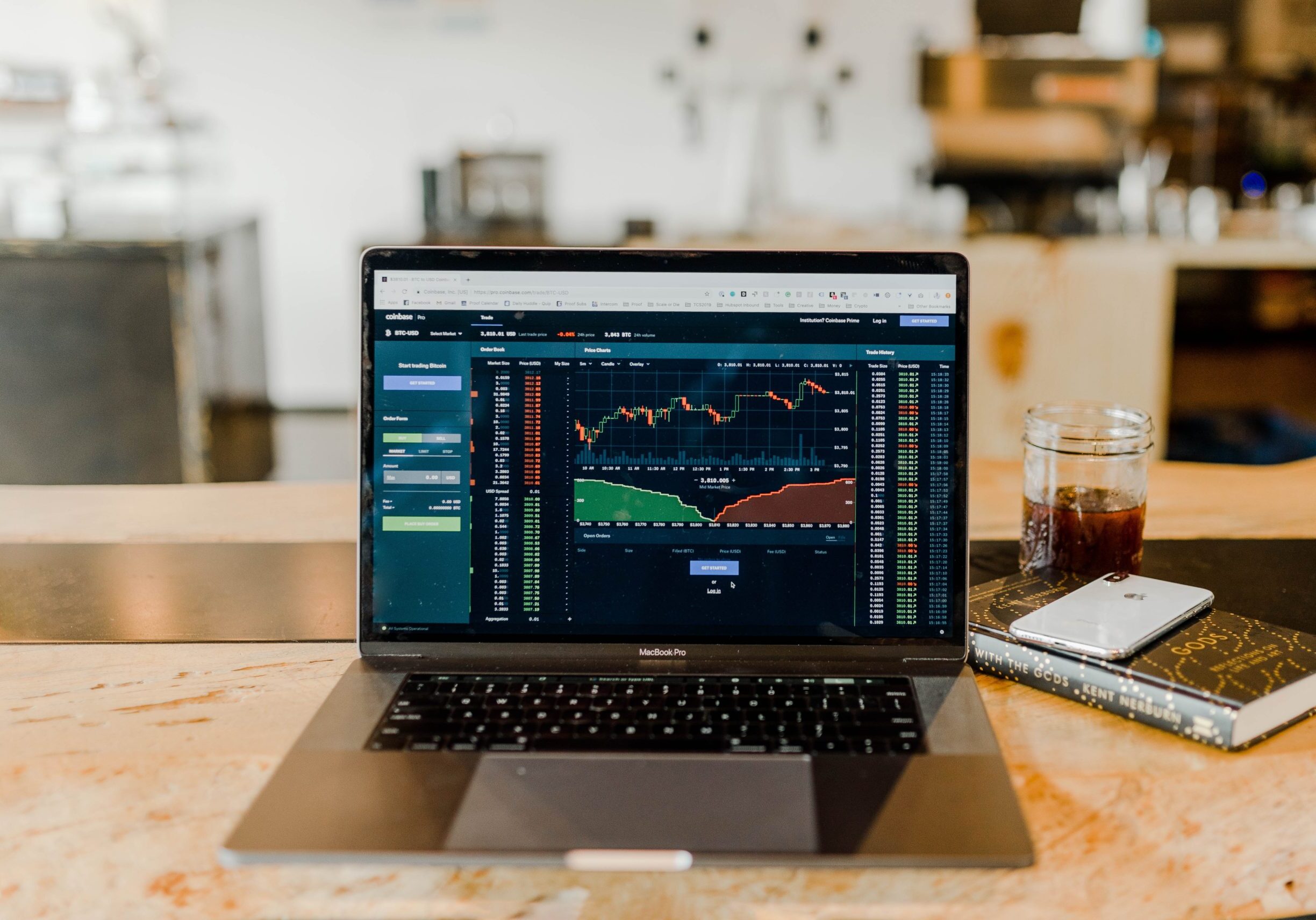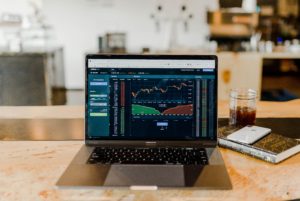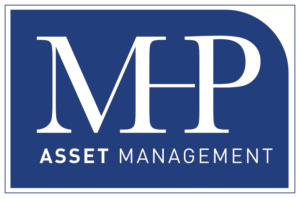The phrase “Follow the money” typically means following the money that eventually leads to criminal activity. In this case what I mean is that currency valuation related to the US dollar usually drives our equity and debt markets inverse to the direction of the dollar. For instance, as the dollar strengthens interest rates typically rise, bond prices go down. Usually a stronger dollar will also drive the stock market down because value of the dividend paying stocks are usually hit first. If there is more yield in treasuries money will flow out of riskier assets like stocks and into safer bonds. The Federal Reserve has been teasing us with a potential 25 basis point rate hike in the Fed funds rate. While I believe there will be a 25 basis point rate hike, there is also mounting evidence that we will fall into recession in the near future and this rate increase could be pulled back.
There is an economic or business cycle that happens and will continue to happen. The low point in this business cycle is known as the trough, the high point is called the peak so you can visualize this as a continuous wave of peaks and troughs. The depth of the trough reflects a deeper longer contraction of our economy. The height and length of the peak can represent an elongated expansive economy. Coming out of the 2008 recession we have had a very tepid shallow recovery. Some economists will tell you this low growth economy is the new normal. While there is explosive growth in certain sectors of the economy the overall economy is just poking along. The government just announced a .3 basis point raise in Social Security benefits, that equates to about four dollars a month for the average Social Security recipient. Last year was zero. Based on these numbers the government is telling us that there is no real inflation therefore no hurry to raise interest rates that may be used to quell inflation. A significant rise in interest rates with tepid earnings for US corporations could send are equity markets in to a very corrective action. The bond markets are likely to follow.
Looking at global interest rates we are still fairly rich with yield in the US. Germany, Switzerland and Japan have near zero yields or even negative yields on their 10 year equivalent bonds. The US 10-year note yields approximately 1.75%. Many investors and advisors have been reluctant to use bonds with longer dated maturities. So for years we have been waiting for this rise in interest rates that just has not happened. There are strategies that can be used to structure a bond portfolio to maximize coupon payments and yield while immunizing the portfolio against rising rates. Bond funds, preferred stocks or common stocks that pay a dividend are perpetual. All that means is that there is no maturity date so from my perspective it is more difficult to mitigate interest rate risk.
Mark Patterson is Chief investment officer with MHP Asset Management and can be reached at (603) 447-1979 or mark@mhp-asset.com.



























